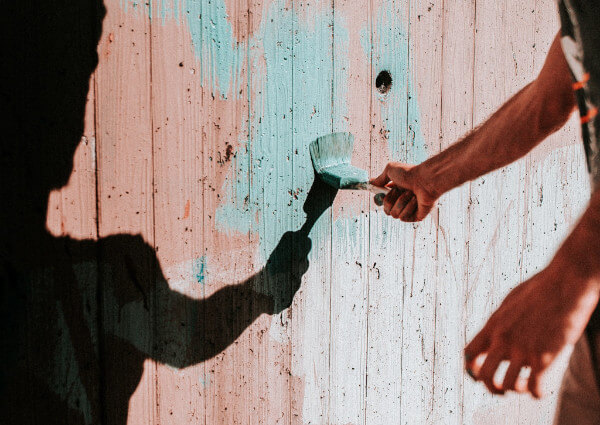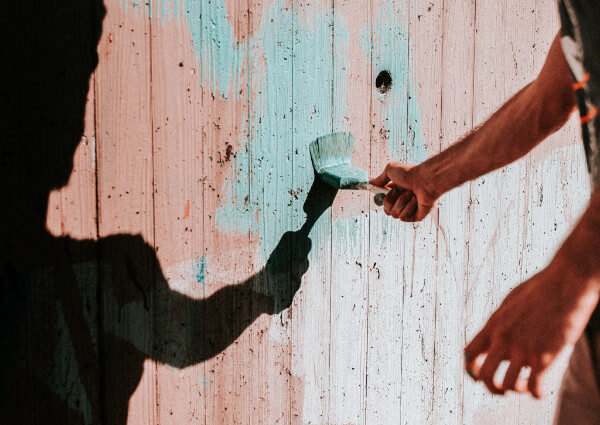
When you’re picking the best painter’s tape, it’s all about getting the cleanest lines and protecting your walls. Seems easy, right? There are some things you’ll need to consider before buying that roll. We’ll tell what they are, show you how to tape and give you some ideas for the best type of painter’s tape for the job.
Why Bother With Painter’s Tape, Anyway?
Painting, like so many things in life, is all about the prep. Do it right and your job will succeed; don’t do it, or do it poorly, and you’ll be back at work for round two. So, it’s important to choose the right prep tools. One of the most important is painter’s tape. It’s the real secret to making your paint job look professional.
Painter’s tape covers a multitude of sins: It keeps your edges clean, provides clear definition between colors and keeps surfaces clean. When buying, look for ease of application, how well the tape peels off (Does it do it cleanly or take the surface with it?) and how clean it leaves the paint edge.
How Do I Pick the Right Tape?
Choose the right tape based on the job. Consider:
Your finish – Pick a tape that is suited to the material you’re using it on. Use a multi-surface tape for hard surfaces but go with a delicate tape for things like wallpaper or fresh paint (if you’re stenciling, for example).
Job time – Tapes only stay on the wall for so long. So, abide by the recommended time on the label; that way, your tape won’t peel prematurely or leave a hard-to-clean residue on whatever you’re painting.
Tape width – Pick a tape between 1 1/2 -2 inches. It will protect the largest area from stray brush strokes. This will cost a little more up front, but it’ll save you in cleanup time later.
How Do I Apply It for the Best Results?
Finish your paint job faster and with fewer messes by taping off your room before you paint. Before you tape, though, clean the walls and trim so you start with a clean surface. Even the stickiest painter’s tape won’t adhere to dirty walls.
Tape the edges of the windows, doors and ceilings, isolating the area you want to paint.When you’re taping trim, use the edge of a putty knife to apply pressure as you lay your tape line. This will help it seal better on the glossy surface.Remove tape while the paint is still wet. If the paint dried first, score the tape with a putty knife before you pull it off.Remove it at a 45-degree angle.If you know you won’t’ be able to remove the tape while the paint is still wet, buy a good-quality tape. This will make it easier to remove.
At Paintzen, our contractors are all about the perfect paint job, starting with the prep. Learn more about our interior painting services today.
The post What’s the Best Painter’s Tape for Your DIY Job? appeared first on Paintzen.
Did you miss our previous article…
https://www.dilconpainter.com/?p=158

